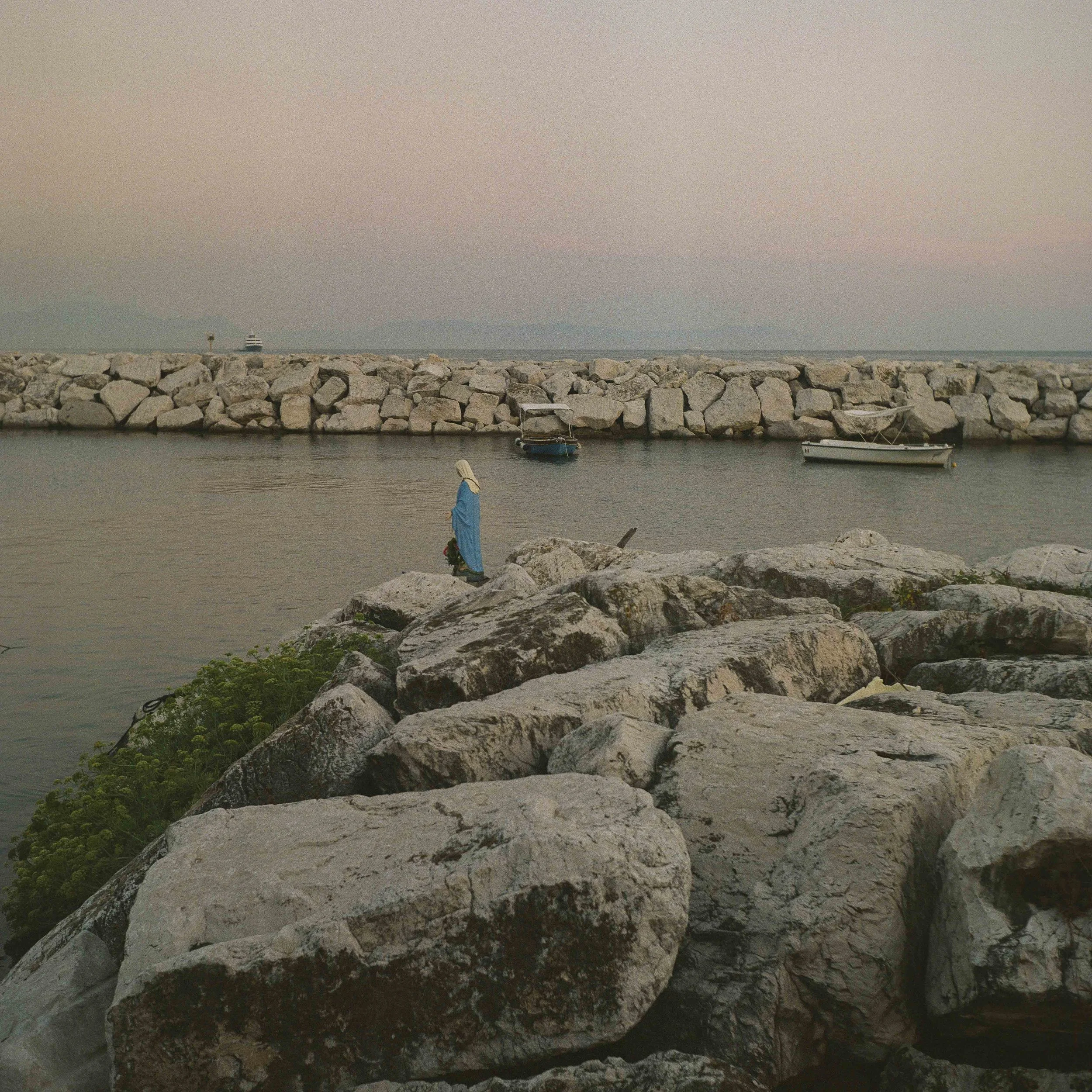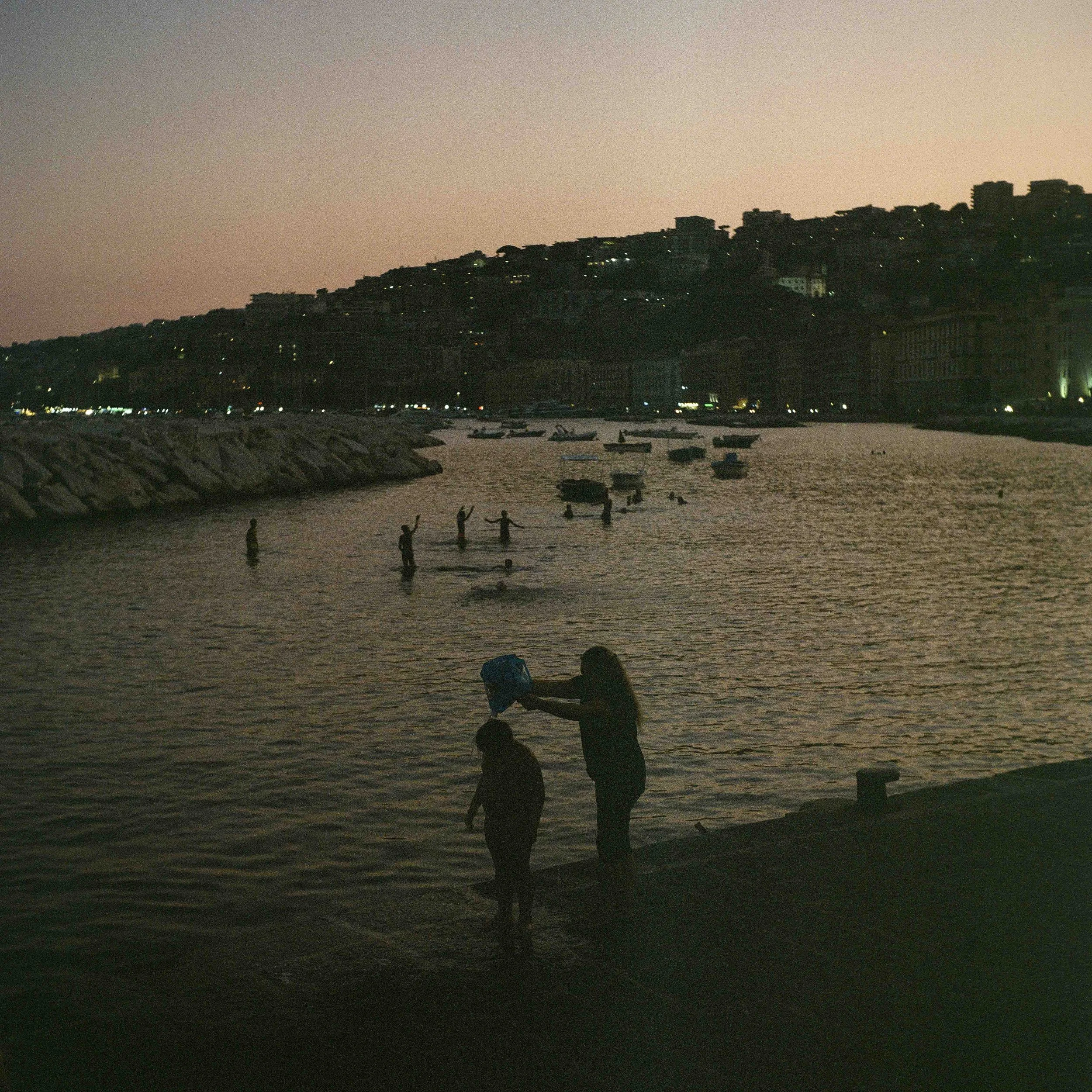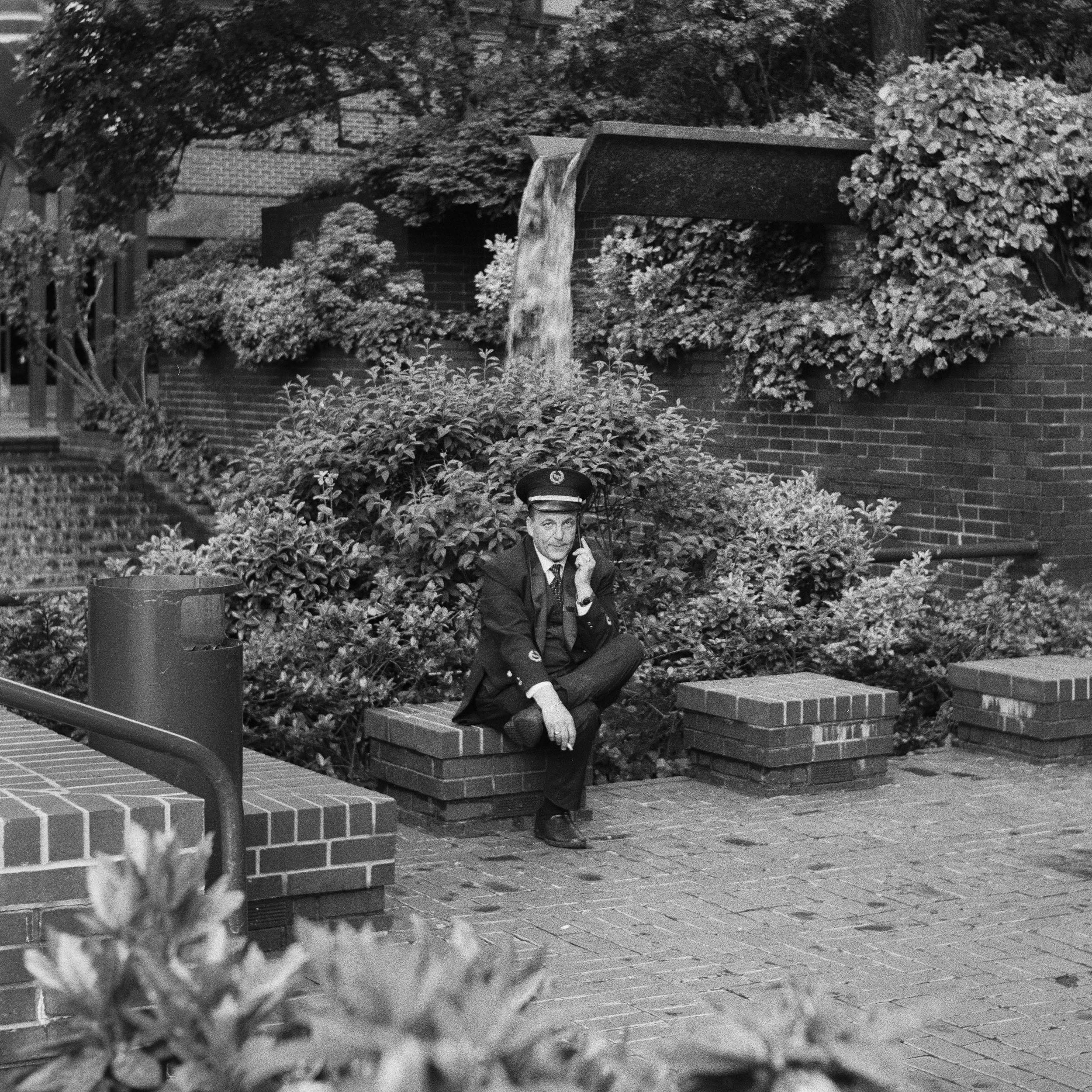Yellow Days
"As everyone knows, the Solfatara looks like an illustration of a circle of hell from Dante's Inferno: smell of sulfur, pillars of steam, fumaroles rising from concentric circles of boiling mud, unstable ground that you feel like sinking into every time, rolls of thunder. Nevertheless, around this inferno they have been building as if it were a garden, houses and tenements, cleared after the bradyseism in the first half of the eighties, but now probably inhabited again. It is not misery that has pushed people to live facing this hell. I know university professors and other wealthy people who lived in those houses. As in Sodom, they wait for a rain of sulfur and breathe in the fumes for the time being, believing that it kills the germs and benefits the lungs. This proves that the Neapolitan people are among the most careless — or among the most courageous. However, it is a courage that comes from unconsciousness, like children’s." (Fabrizia Ramondino, In Viaggio)
Naples, with its typical yellow tuff, lies on a 15,000 year old eruption and between two active volcanoes: Mount Vesuvius and the Phlegraean Fields. The latter, albeit lacking the typical mount-like aspect, is considered one of the most dangerous places in the world to live in: the very active and young supervolcano could cause an eruption up to 40 times more powerful than that of nearby Mount Vesuvius, which caused the destruction of Pompeii. The Phlegraean area is subject to slow ground deformation, bradyseism, which occurs in different ways over time, causing both uplift and subsidence of the soil. About 500,000 inhabitants live in the so-called 'red-zone', within the volcano's caldera, alongside an underlying threat becoming more and more present every day. The red zone of the supervolcano is the area where preventive evacuation in the event of an alarm is the only protective measure for the population. Currently, the alert level for the Phlegraean Fields is yellow, and the deployment phase "Attention" has been adopted. In August 2023, 1118 earthquakes have been recorded in the Phlegraean Fields, and in the following month two of the strongest quakes of the last 40 years hit the area. In the event of an orange classification, the population in the red zone may decide to evacuate voluntarily, with financial support from the State, which would cost billions.

























